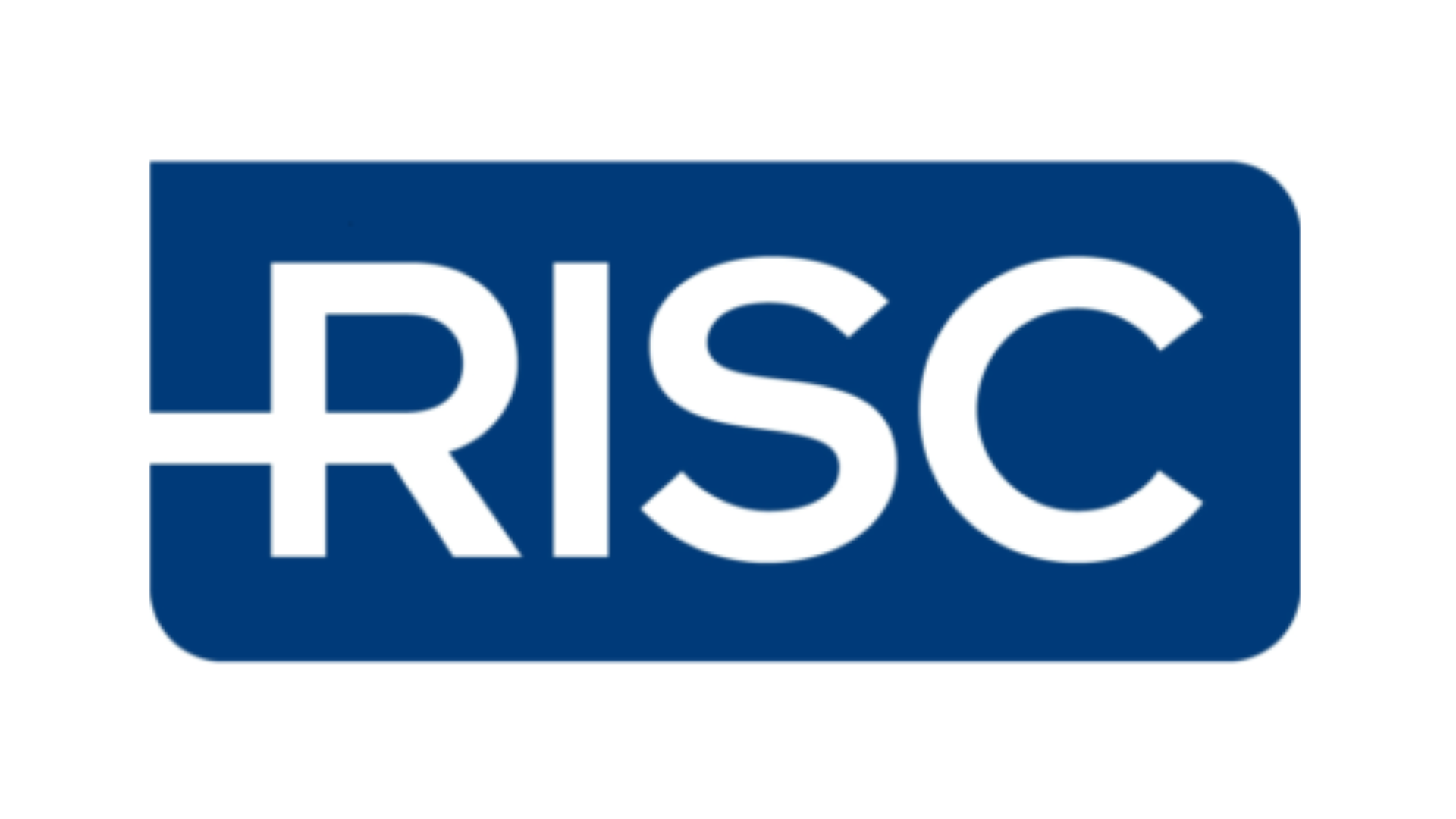On Friday 24 October, ADS submitted a response to the Home Office Police Efficiency Team’s informal consultation on Possible Criteria for Mandating Police Procurement Arrangements. ADS had been invited by the Home Office to provide views on criteria that are being developed to inform possible future Government decisions on whether to mandate the police use of particular procurement frameworks.
A copy of ADS’ submission is below:
ADS’ response to Home Office consultation on possible criteria for mandating police procurement arrangements
1. ADS has been invited to respond to the Home Office’s consultation on criteria to inform possible future government decisions on whether to mandate the police use of particular procurement frameworks (as a last resort).
2. ADS is the national Trade Association for the security sector and a founding member of the UK’s Security and Resilience Industry Suppliers Community (RISC), which works with the Office for Security and Counter Terrorism (OSCT). ADS represents 1,000 companies, 500 of which operate in the policing and security sector. Approximately 90 per cent of ADS’ members are SMEs.
3. The Home Office consultation paper did not specify the outcomes the Home Office would wish to achieve by mandating certain procurement approaches. The paper also did not provide information on the scope of products or services covered by the consultation, other than noting that some frameworks have already been mandated for body armour, police vehicles, and commodity IT.
4. ADS’ response therefore reflects overall views on approaches to capability development and delivery in the policing sector. The response consists of two sections:
- Views on the four criteria proposed in the Home Office consultation paper
- Alternative options to procurement frameworks which can improve capability outcomes and delivery.
5. In summary, ADS believes that frameworks are complex mechanisms – they can both help and hinder suppliers and customers. Rather than focusing on frameworks, the Home Office should identify the capability outcomes it and police forces want and the type of relationship needed between suppliers and police forces in order to deliver those outcomes.
6. The Home Office and Police and Crime Commissioners need to create a collaborative environment for developing requirements. They also need to create an environment that encourages agility, innovation and competition in developing and delivering capabilities; this could be achieved by developing common technical standards for hardware and open data standards for IT.
I. Views on proposed criteria
7. This section is ADS’ detailed response to the four criteria proposed by the Home Office.
8. ADS notes that how the criteria will interface with the complex policing landscape is unclear. It also notes that there is no explanation as to how the Home Office would make assessments against each of the proposed criteria.
9. Overall, the Home Office should consider what characteristics should be developed and embodied in the relationship between suppliers and police forces in order to deliver capability outcomes.
10. Criteria 1 on value for money. Frameworks can in theory contribute to value for money both for customers and suppliers. Individual competitive tendering tends to drive cost on both sides because of the resource involved in terms of time and administration (including, for the customer, management of the selection process). This saving in time (cost value of money) is an important element in driving out cost. However, experience to date suggests that police forces often do not consider frameworks as a commercial basis; they run so-called “mini-tenders” to try change the prices and conditions contained in the original framework. This is costly for forces in terms of time. It can also result in some forces procuring goods or services at higher or lower prices than on the original framework. Overall, the inclusion of detailed terms and conditions, penalty clauses, and price information upfront in frameworks restricts flexibility and the ability to negotiate on delivery on the part of both customers and suppliers – ultimately driving up costs.
11. Criteria 2 on proportionality and existing procurement activity. This criterion makes the assumption that existing procurement activity/arrangements, including voluntary frameworks, are providing best value for money. The criterion emphasises the volume of transactions: use of a framework, if set up properly to benefit from volume, should drive out cost through larger purchase quantities overall. However, this does not happen when
- Breaks in production occur, as efficiencies are lost through stop-start approaches based on piecemeal procurement. This is a problem both for large companies and SMEs.
- Actual quantities procured under frameworks are far less than those envisaged when the framework is set up, which many companies suggest is often the case.
The Home Office could consider methods to combine orders to prevent this. However, steps would need to be taken to ensure that combining requirements does not result in contracts being sourced automatically through larger suppliers (as the value of contracts increases through combined requirements, the acceptance of risk reduces which makes sourcing from larger suppliers more attractive to forces). This would an adverse effect on maintaining a competitive market for SMEs. It would also mean that SMEs have to work through larger suppliers to access customers; in these situations, large companies may impose their own margins, increasing the cost to the customer, and the SMEs will sometimes suffer from poor rates and lack of visibility of the commercial and financial aspects of the final proposal.
12. Criteria 3: maintaining a competitive market, including for SMEs and local suppliers. SMEs face a number of challenges with frameworks:
- Routes for communicating opportunities to apply to be on frameworks have traditionally not reached the vast majority of potential suppliers. The Home Office needs to consider what communication routes would be used both by it and police forces.
- Whilst frameworks can contribute to value for money by reducing the number of time-consuming individual competitive tenders, SMEs often find the process of applying to be on frameworks themselves costly, bureaucratic and resource intensive.
- As noted in paragraph 11, combining orders to ensure a high volume of transactions under frameworks may disadvantage SMEs yet is important for ensuring best value for money. This point is closely linked to 12(d) immediately below.
- SMEs often do not have the infrastructure necessary to meet the terms and conditions of frameworks. The terms and conditions usually reflect the largest, most risky order that might be placed under the framework. As a result, they are often overly burdensome for the majority of orders and their complexity deters SME participation. For example, the financial stability baseline may be set too high for routine quick turn-around items. What terms and conditions would be applied for police frameworks when mandated by the government? The Home Office would need to develop guidance on this.
- Payments can be delayed, which adversely affects cash flow.
13. Criteria 4 on flexibility to keep pace with market changes. Keeping frameworks relevant and up-to-date would be important for two reasons:
- Locking in frameworks for too long discourages new entrants to the market: companies will take their investment elsewhere to more open markets.
- Frameworks that are long-lived (even two to three years) cannot keep pace with technology changes.
G-Cloud is an example of a framework that is updated regularly for these reasons: it is refreshed very six months. However, G-Cloud continues to be burdensome for SMEs in terms of the information required and the terms and conditions.
That said, for those suppliers who are accepted on frameworks, the rewards of being on that framework are diminished if other companies can join frequently or at a time of their choosing – so companies would be dis-incentivised from applying.
14. In summary, frameworks are complex mechanisms that can both help and hinder capability delivery and access for suppliers. Frameworks can help as they, if implemented correctly, reduce commercial bureaucracy per bid and provide easy visibility of registered companies. However, applying to be on a framework can be difficult for companies, the incentives within frameworks are not constant, and the closed nature of frameworks can hinder innovation and competition. Managing the complexity of frameworks is a challenge.
II. Alternative options
15. Section I clearly demonstrates that frameworks are complex mechanisms which have complex effects on both customers and suppliers.
16. The Home Office consultation (and frameworks themselves) is not focused on what capability outcomes should be delivered but on a delivery mechanism. ADS believes that the Home Office, police forces and Police and Crime Commissioners would achieve more by considering what capability outcomes they want to achieve and aligning these.
17. Ultimately, police forces will want the best solutions at the best price. To achieve this, the Home Office and Police and Crime Commissioners need to create an environment
- In which suppliers and customers can collaborate to refine the definition of problem/requirement and discuss the approaches of suppliers to solving these problems/requirements, respecting commercial confidences.
- That enables innovation, agility and competition whilst meeting the minimum criteria necessary for certain capability outcomes (for example, in relation to interoperability). By developing common technical standards for hardware and open data standards for IT, the Home Office would achieve this. Any supplier would be eligible for contracts provided they met these standards. This approach would be preferable to mandating frameworks. There is a growing interest from police forces in collaboratively developing standards with industry.





